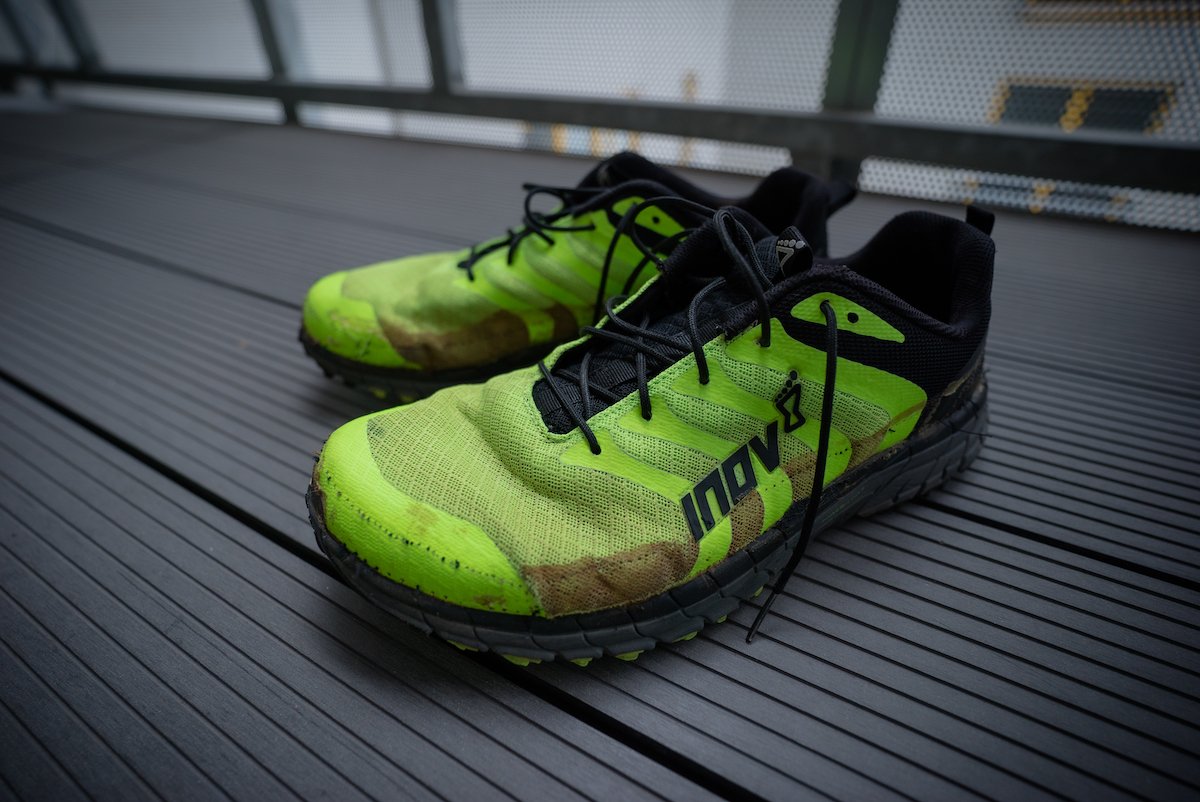Ethics statement: Within the article, there are affiliate links. We’re not under any obligation to write anything about these products, nor were we provided with any sort of compensation to do so. If you buy something after clicking the link, we will receive a small commission. To know more about our terms of service, you can visit the link at the bottom of the page. Thank you!
The infamous Marathon des Sables – often described as ‘the world’s toughest footrace – is actually completely achievable by the anyone with a little amount of training. With generous cut-off times and a 93% success rate in 2019 (the year we ran it), you should not allow the intimidating title and rumours to put you off. I’m no superman but I did feel that the event is billed to sound harder than it actually is.
This is how I got to the finish line.
Application process.
The two ways to enter: pay for your place; or enter through a charity. The MDS website lists the main charities that have places: https://marathondessables.co.uk/charity-places/
Private entry
You have two methods to enter privately; via the French entry or Rest of World.
Registering via the French approach will require a French address (surprisingly!). This will cost you €3300 (around £2850) and is by far the cheapest option for entering. You apply directly to ‘Atlantide Organisation Internationale’ (AOI) and transfer the cost by BACS using different payment options. I paid mine through 4 or 5 international bank transfers every 3-4 months which was completely manageable (I bank with Santander and they charged around £15 for each transfer).
Be aware, the system is not quite as slick as entering via the UK company (some emails are badly translated from French and you don’t get automatic entry to the UK expo). That said, I’d happily take that stress again to keep the entry costs manageable. You’re also accommodated in a lower quality hotel – however could easily pay to upgrade if you wanted.
Entering via the UK / RoW entry is done through a third-party company that adds extra costs. Anecdotally, some of my tent mates that went through this company paid £4250 (£1400 more than my French entry!). For that price, you do get entry to the UK expo and a better hotel (as well as dealing with a UK company for any queries or problems).
Charity places
I’m all for running events for charity – however the MDS is a big ask.
A charity that I approached for a place a few years ago told me they expected me to raise at least £10,000. Whilst this may not seem much for some (so I’m told), the challenge of trying to raise that much seemed like too much to add on top of quite a challenging training schedule, family commitments and running a company. So, I decided to self-fund my place and fundraise for a cause of my own choice.
Continue reading in our digital MdS guidebook!
This digital download is over 8000 words of hard-won knowledge, advice, guidance, ideas across 17 pages, covering the following subjects:
- How to choose the right shoes for the Marathon des Sables
- Sleeping bags options
- Food selection
- Essential clothing for the Marathon des Sables
- Nutritional demands / calorie planning for the race
- Different backpack options
- The application process.
- How to meet the cut-off times
- The race format.
- Understanding the mandatory gear list.
- Tent etiquette.
- Weight reduction ideas for your kit.
- Taking care of yourself and blister management.
- Race strategy for completion.
- The pre-race medical checks
- Where to get your footwear tailored for gaiters.
- Planning for charity fundraising.
- Ideas to aid physical preparation.
- How to condition yourself for the demands of the desert
- How to enter from overseas
- How to generate social media interest for funding it.






